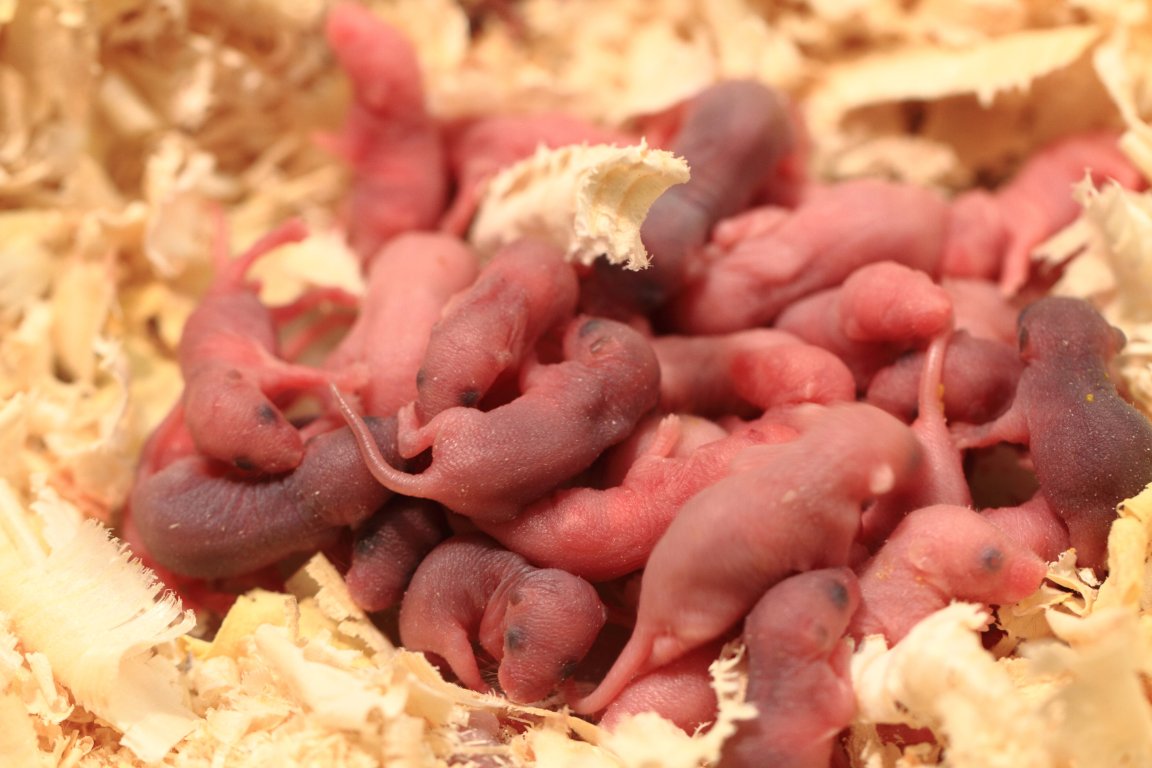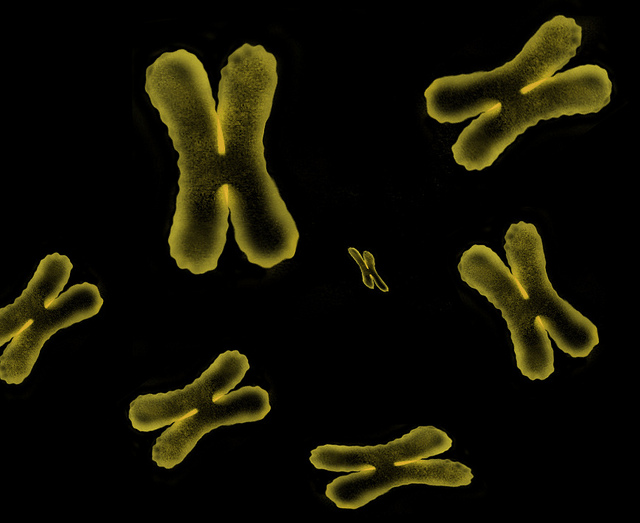
Extra Chromosomes
Scientists have developed healthy offspring from altered male mice that were once genetically infertile, resulting in a new tool to manage human infertility. The X and Y chromosomes determine sex – with chromosomes (XY) signifying male, and two X chromosomes (XX) signifying female. However, about 1 in 500 boys are born with one extra chromosome. Whether it’s an X or a Y the presence of a third chromosome can cause infertility by disrupting the formation of mature sperm.
Scientists at the Francis Crick Institute have now discovered a technique for removing extra sex chromosomes in developed stem cells and producing fertile offspring. If they can transfer their findings and this technique for application in humans, those with either Double Y syndrome (XYY) or Klinefelter syndrome (XXY) that now experience male chromosomal infertility might one day be able to have children via assisted reproduction.

“Our approach allowed us to create offspring from sterile XXY and XYY mice,” lead author and Francis Crick Institute scientist Takayuki Hirota said in a press release. “It would be interesting to see whether the same approach could one day be used as a fertility treatment for men with three sex chromosomes.”
A Promising Technique
To accomplish this research, the team removed small sections of ear tissue from mice with both XXY and XYY chromosomal anomalies and cultured it. They next collected fibroblasts, which are connective tissue cells, and turned them into stem cells. During the transformation, the researchers noted that some of the cells had dropped the extra sex chromosome. Following this, they used a method developed in the past to guide the stem cells with specific chemical signals into becoming potential sperm cells. Once these cells were injected into mouse testes, they developed into mature sperm. These mature sperm were found to be viable, and so the researchers harvested and used them in assisted reproduction cycles to create fertile, healthy offspring.
The team has also conducted one preliminary experiment using men with Klinefelter syndrome. In that experiment, the researchers followed the first part of the same process and discovered that stem cells produced from the fibroblasts of these men also shed the extraneous sex chromosome. However, this was an early stage experiment, and extensive research remains before the technique will ever be viable for use in humans.
“There is currently no way to make mature sperm outside of the body. In our mouse experiments we have to inject cells that have the potential to become sperm back into the testes to help them finish developing. But we found that this caused tumors in some of the mouse recipients,” senior author and Group Leader at the Francis Crick Institute James Turner explained in the press release. “So reducing the risk of tumor formation or discovering a way to produce mature sperm in a test tube will have to be developed before we can even consider this in humans.”